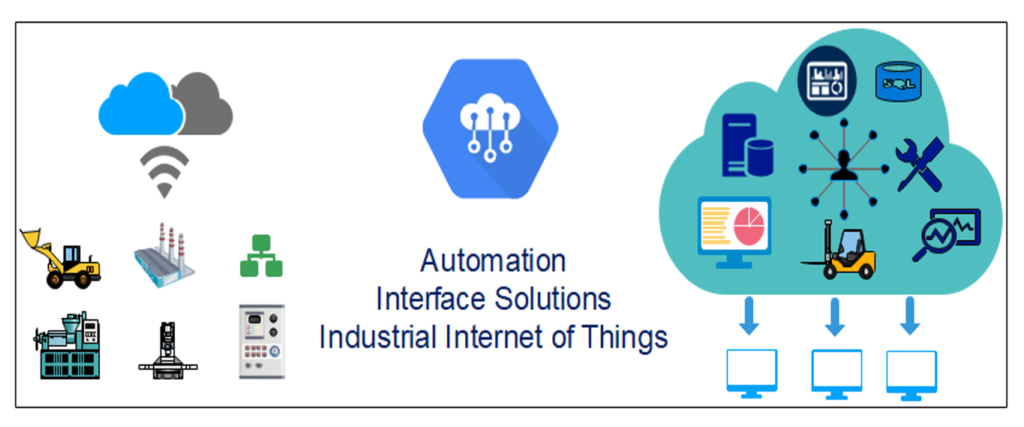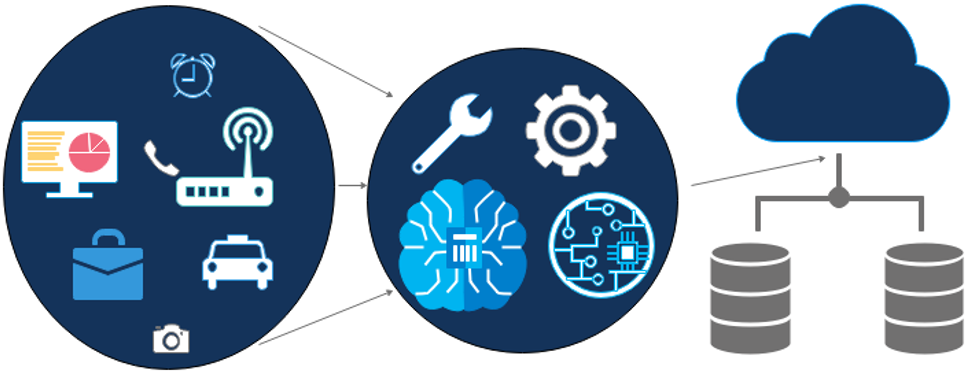Addressing fraud at charging points can be a complex task.
For commercial charging stations, fraud prevention measures may include implementing secure payment systems, conducting regular audits and inspections, and monitoring usage patterns to identify any unusual activity.
It will be helpful to have clear policies and procedures in place for billing and payment, and to establish partnerships with trusted EV maintenance companies to help ensure the integrity of the charging infrastructure.
For retail customers, fraud prevention measures may include using secure payment methods, such as credit or debit cards, and monitoring usage patterns to identify any unusual activity.
It may also be helpful to gather demographic and billing data to help identify any potential fraud risks, and to establish procedures for handling complaints or concerns about charging activity.
A combination of technological solutions, such as secure payment systems and smart charging stations, and proactive risk management practices, such as audits and monitoring, can help to mitigate the risk of fraud at EV charging points.
Integrating new charging infrastructure with existing systems can be a challenge for electricity providers. It is important to ensure that the new charging stations are securely connected to the grid and that the necessary safeguards are in place to protect against cyber threats.
There are a few measures in place to help mitigate fraud risk at charging stations for electric vehicles (EVs). One measure is the use of secure payment systems, such as credit or debit cards, to charge for the electricity.
These payment systems have fraud protection measures in place and can help to prevent unauthorized charging.
Another measure is the use of smart charging stations, which can be configured to only allow charging when a valid payment method is presented, such as a charging card or a mobile payment app. These smart charging stations may also have security measures in place to prevent tampering or unauthorized access.
In addition, many charging station networks have customer service teams that monitor charging activity and can identify and address any suspicious activity or fraud.
As the EV charging network grows and becomes more established, it is likely that additional measures will be put in place to further reduce the risk of fraud.

One way to address this challenge is to use secure, standards-based communication protocols for the transmission of data between the charging stations and the energy provider’s systems. This can help to prevent unauthorized access to sensitive data and ensure the integrity of the charging process.
It may also be helpful for energy providers to conduct regular security assessments and implement appropriate security measures, such as firewalls and secure authentication protocols, to protect against cyber threats.
In addition, implementing robust incident response and recovery plans can help to minimize the impact of any successful attacks and ensure the continued operation of the charging infrastructure.
Compliance with regulatory policies and requirements is an important aspect of managing risk and ensuring the safe and secure operation of EV charging infrastructure.
Energy commissions and other regulatory authorities often set policies and guidelines for the deployment and operation of charging stations to ensure that they are safe and reliable, and to protect against potential risks such as cyber threats and unauthorized access.
Energy providers and charging station operators are typically required to comply with these policies and may be subject to inspections and audits to ensure compliance.
In addition to compliance with regulatory policies, it is also important for charging station operators to implement effective governance risk management practices to help identify and mitigate potential risks.
This may include conducting regular risk assessments, implementing appropriate cyber security measures, and establishing clear policies and procedures for access and control of the charging infrastructure.
Integrating and connecting anti-theft and fraud prevention programs and tools can be an effective way for energy providers to get a better understanding of fraudulent activities and to take steps to prevent losses. Some potential solutions that could be considered include:
- Installing iot devices, at charging stations to gather data on activity and usage patterns. This data can then be analyzed to identify any unusual activity or potential fraud.
- Implementing an automated #rule engine that can trigger alerts in near real-time when potential fraud is detected. This can help to quickly identify and address any issues.
- Using secure payment systems, such as credit or debit cards, to charge for electricity at the charging stations. These payment systems often have fraud protection measures in place to help prevent unauthorized charging.
- Implementing security measures, such as firewalls and secure authentication protocols, to protect against cyber threats.
- Conducting regular risk assessments and audits to identify potential vulnerabilities and take steps to mitigate them.
A combination of technological solutions and proactive risk management practices can help energy providers reduce the risk of fraud and protect against losses.

Using #predictiveanalytics can help to reduce false positives and refine controls on the fly in the fight against fraud at EV charging stations. #predictivemaintenance involves using advanced analytical techniques, such as machine learning and data mining, to analyze data and make recommendations for action based on the insights gained.
In the context of EV charging stations, predictive analytics could be used to analyze data on charging activity and usage patterns to identify any unusual or suspicious activity. This data could then be used to refine existing controls and identify new controls that could be put in place to help prevent fraud.
For example, predictive analytics could be used to identify patterns of activity that are commonly associated with fraud, such as the use of stolen credit cards or payment fraud. This information could then be used to develop new controls or refine existing ones to better detect and prevent these types of fraud.
Incorporating predictive analytics into fraud prevention efforts at EV charging stations can help to identify new and emerging frauds, reduce false positives, and improve the effectiveness of existing controls.
#monitoring the charging infrastructure end-to-end and analyzing usage data can be effective ways for energy providers to identify and mitigate risks at EV charging stations.
Monitoring the charging infrastructure end-to-end can help to identify any discrepancies or issues with the charging process, such as unauthorized access or tampering with equipment.
This can be achieved through the use of sensors and other iotdevices , as well as through regular inspections and audits of the charging infrastructure.
Analyzing usage data can also be helpful in identifying potential risks or vulnerabilities. For example, analyzing usage patterns and profiles can help to identify any unusual activity or potential fraud. This can be done through the use of data analytics tools and techniques, such as machine learning and data mining.
Thus, a combination of #end-to-end monitoring and usage analysis can help energy providers to identify and mitigate risks at #ev charging stations and protect against potential vulnerabilities.
Using technology to help prevent #fraud and protect against revenue losses can be an effective way for energy providers to ensure compliance and transparency in their revenue generation.
Implementing advanced technologies, such as smart meters and real-time monitoring systems, can help energy providers to accurately track and measure electricity usage and identify any unauthorized or fraudulent activity.
As the demand for electricity from EVs continues to grow, it is likely that energy providers will need to invest in technology to ensure the integrity of their charging infrastructure and protect against revenue losses.
In a competitive market, energy providers that are able to effectively manage the risks and vulnerabilities associated with EV charging may have a competitive advantage.
Here are some steps that energy providers can take to help prevent fraud at EV charging stations:
- Use secure payment systems: Implementing secure payment systems, such as credit or debit cards, can help to prevent unauthorized charging and protect against fraud.
- Implement smart charging stations: Configuring charging stations to only allow charging when a valid payment method is presented can help to prevent unauthorized access and tampering.
- Monitor charging activity: Establishing customer service teams or other monitoring systems to identify and address any suspicious activity or fraud can be an effective way to prevent losses.
- Implement security measures: Protecting against cyber threats is important for the security of the charging infrastructure. Implementing measures such as firewalls and secure authentication protocols can help to prevent unauthorized access.
- Conduct regular risk assessments: Regularly assessing the charging infrastructure for vulnerabilities and taking steps to mitigate any identified risks can help to prevent fraud.
- Use data analytics: Analyzing data on charging activity and usage patterns can help to identify any unusual activity or potential fraud. Implementing data analytics tools and techniques, such as machine learning and data mining, can be an effective way to identify risks and take preventative action.
- Establish clear policies and procedures: Having clear policies and procedures in place for billing, payment, and access to the charging infrastructure can help to prevent fraud and protect against losses.
A few additional steps that energy providers can consider to help prevent fraud at EV charging stations:
- Partner with trusted EV maintenance companies: Establishing partnerships with trusted EV maintenance companies can help to ensure the integrity of the charging infrastructure and reduce the risk of fraud.
- Implement customer authentication systems: Implementing systems to authenticate customers, such as through the use of charging cards or mobile payment apps, can help to prevent unauthorized access to the charging stations.
- Educate customers: Providing customers with information on how to properly use the charging infrastructure and what to do if they suspect any fraudulent activity can help to prevent losses.
- Monitor third-party vendors: If the charging infrastructure includes third-party vendors, such as EV charging vendors or electric meter spoofing companies, it is important to monitor their activity to ensure compliance with policies and procedures and to identify any potential fraudulent activity.
- Use predictive analytics: Incorporating prescriptive analytics, which involves using advanced analytical techniques to identify patterns and make recommendations for action, can help to refine controls and reduce false positives in the fight against fraud.
There are a number of steps that energy providers can take to help prevent fraud and protect against losses at EV charging stations.
By implementing a combination of technological solutions, proactive risk management practices, and clear policies and procedures, energy providers can ensure the reliability and integrity of their charging infrastructure and reduce the risk of fraud.

Embedos is a full-stack IoT device platform that includes a device cloud platform, connectivity hardware, and varied automation & Interface Solutions.
Are you looking for Industrial IoT solutions? Contact Embedos to know more!
Looking for End to End Industrial Automation & IoT Solutions?

















